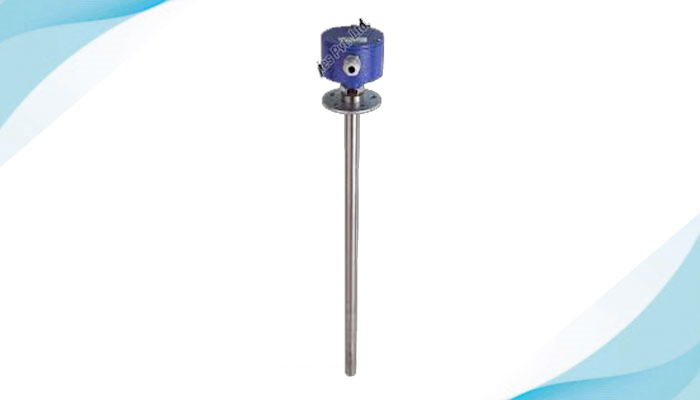
Fuel level sensors are essential components in various industries, providing accurate measurement and monitoring of fuel levels in tanks and reservoirs. These sensors come in different types and are utilized across a wide range of applications to optimize fuel management and ensure operational efficiency.
Float Arm Sensors : Float arm sensors operate on the principle of buoyancy, where a float attached to an arm rises and falls with the fuel level, activating a sensor to measure the level. These sensors are commonly used in automotive fuel tanks and are simple in design and operation.
Capacitance Sensors : Capacitance sensors measure fuel levels by detecting changes in capacitance between electrodes immersed in the fuel and the tank walls. They offer high accuracy and are suitable for a variety of fuel types, including gasoline, diesel, and oil.
Ultrasonic Sensors : Ultrasonic sensors utilize sound waves to determine the distance between the sensor and the fuel surface. By measuring the time it takes for sound waves to travel and reflect back, these sensors accurately calculate fuel levels. They are often used in large tanks, such as those found in industrial settings.
Resistance-Based Sensors : Resistance-based sensors, also known as resistive or potentiometric sensors, measure fuel levels by detecting changes in electrical resistance as a wiper or probe moves along a resistive element. These sensors are cost-effective and widely used in automotive and marine applications.
Conductive Sensors : Conductive sensors rely on the conductivity of the fuel to determine the level. As the fuel level changes, the conductivity between two electrodes also changes, allowing the sensor to measure the level accurately. They are commonly used in industrial tanks and equipment.